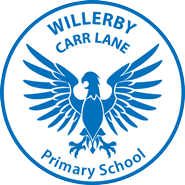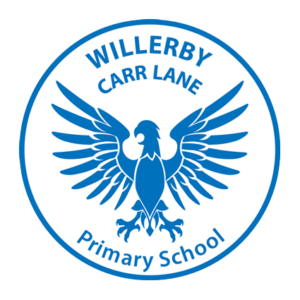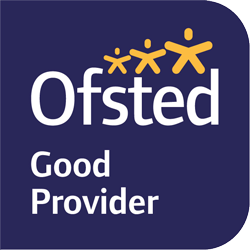Performance Data
What are SATs?
SATs are statutory assessments carried out by all state schools. They assess how your child’s abilities compare nationally with other children in the same year group.
Your child will be assessed at Key Stage 1 (KS1) during Year 2, at age 7.
Further SATs testing takes place at Key Stage 2 (KS2), when your child will take part in National Curriculum tests in English, maths and the new grammar test at the end of Year 6 (usually age 11).
KS1 Phonics
| Year 1 Phonics Test Results | Number | % Passed |
|---|---|---|
| All pupils | 58 | 91% |
| Girls | 25 | 92% |
| Boys | 33 | 92% |
| Pupil Premium | 3 | 100% |
| SEN | 4 | 100% |
KS2 SATS Results 2023/2024
Progress score in reading, writing and maths
The Government are not able to calculate KS1-KS2 progress scores for academic years 2023/24 and 2024/25. This is because there is no KS1 baseline available to calculate primary progress measures for these years due to Covid-19 disruption. The Government are also unable to show results broken down by prior attainment.
Further information:
* For a pupil to achieve the expected standard in reading and maths they must achieve a scaled score of 100+ in the KS2 corresponding tests.
* For a pupil to be working at greater depth in reading and maths they must achieve a scaled score of 110+ in the KS2 corresponding tests.
National average progress is always 0. Schools that make less progress receive a negative number rating, schools that make more progress receive a positive rating.
Click here to view our school’s performance tables on the government website.
Click here to Compare the performance of schools and colleges in England – GOV.UK




